Marketing Mix Strategies: Comparative Analysis of Toyota and Ford
VerifiedAdded on 2022/12/28
|12
|743
|25
Report
AI Summary
This report provides a comparative analysis of the marketing mix strategies employed by Toyota and Ford, two leading automobile companies. It examines the companies' approaches to product offerings, pricing, distribution (place), and promotional activities. The report delves into the 7Ps of marketing: product, price, place, promotion, process, people, and physical evidence. For Toyota, the report highlights its focus on high-quality vehicles sold at moderate prices, distribution through dealers and online platforms, and extensive promotional strategies. For Ford, the report discusses its differentiated product strategy, market-oriented pricing, global manufacturing and distribution network, and a mix of advertising, sponsorships, and public relations. The analysis considers manufacturing processes, supply chain management, and customer service aspects for both companies, concluding that each adopts distinct strategies to achieve its business objectives.
1 out of 12

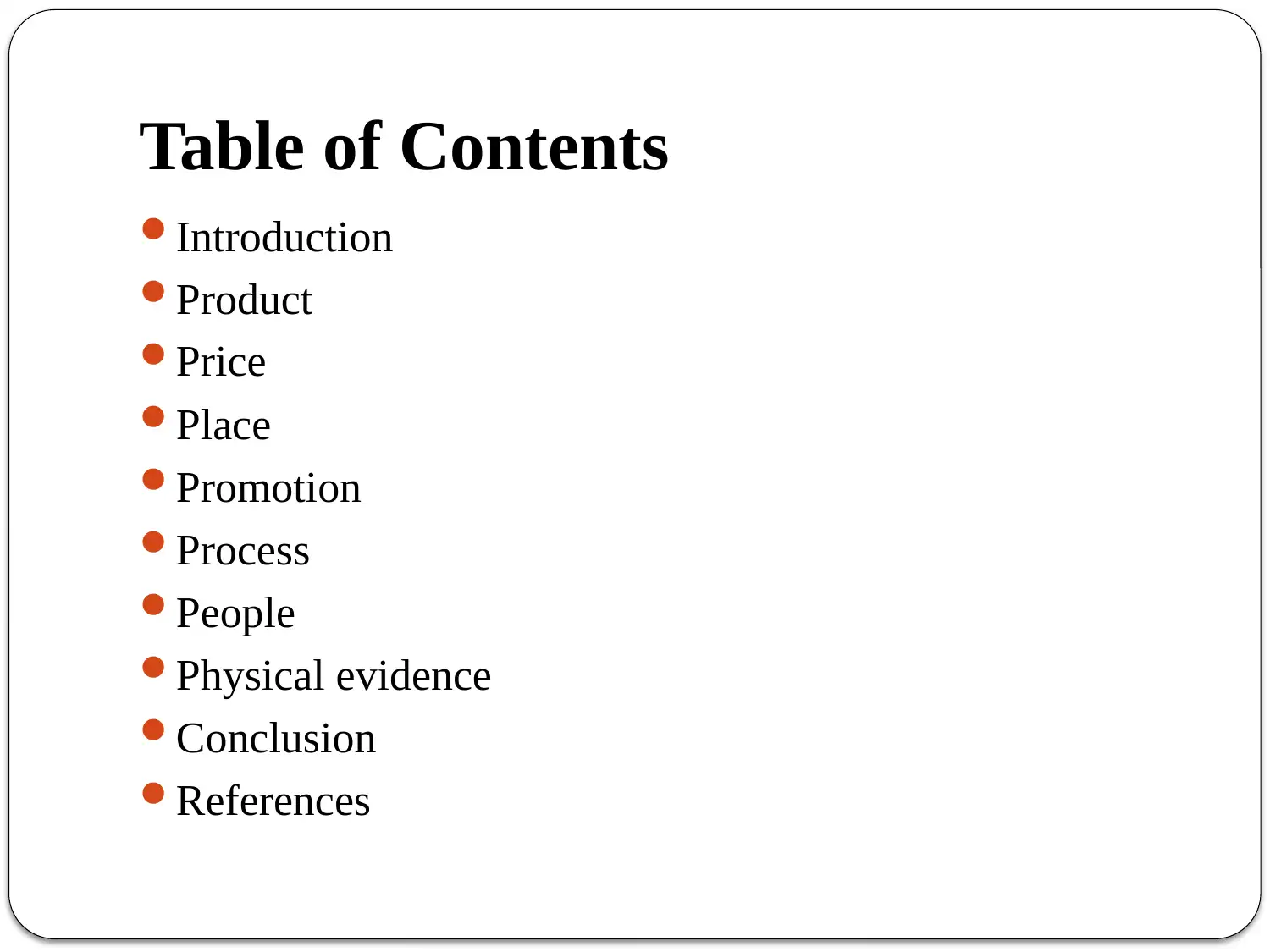
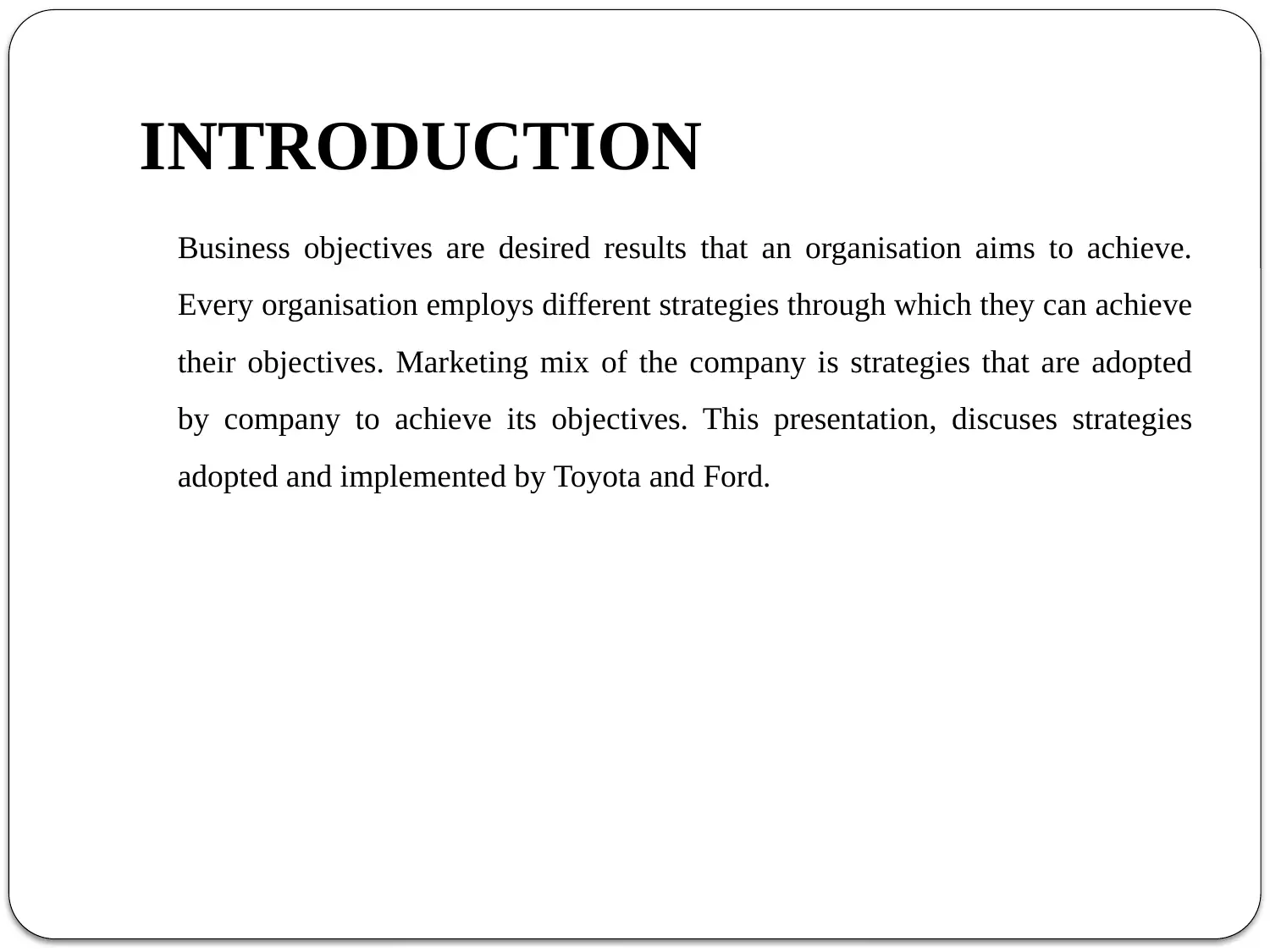

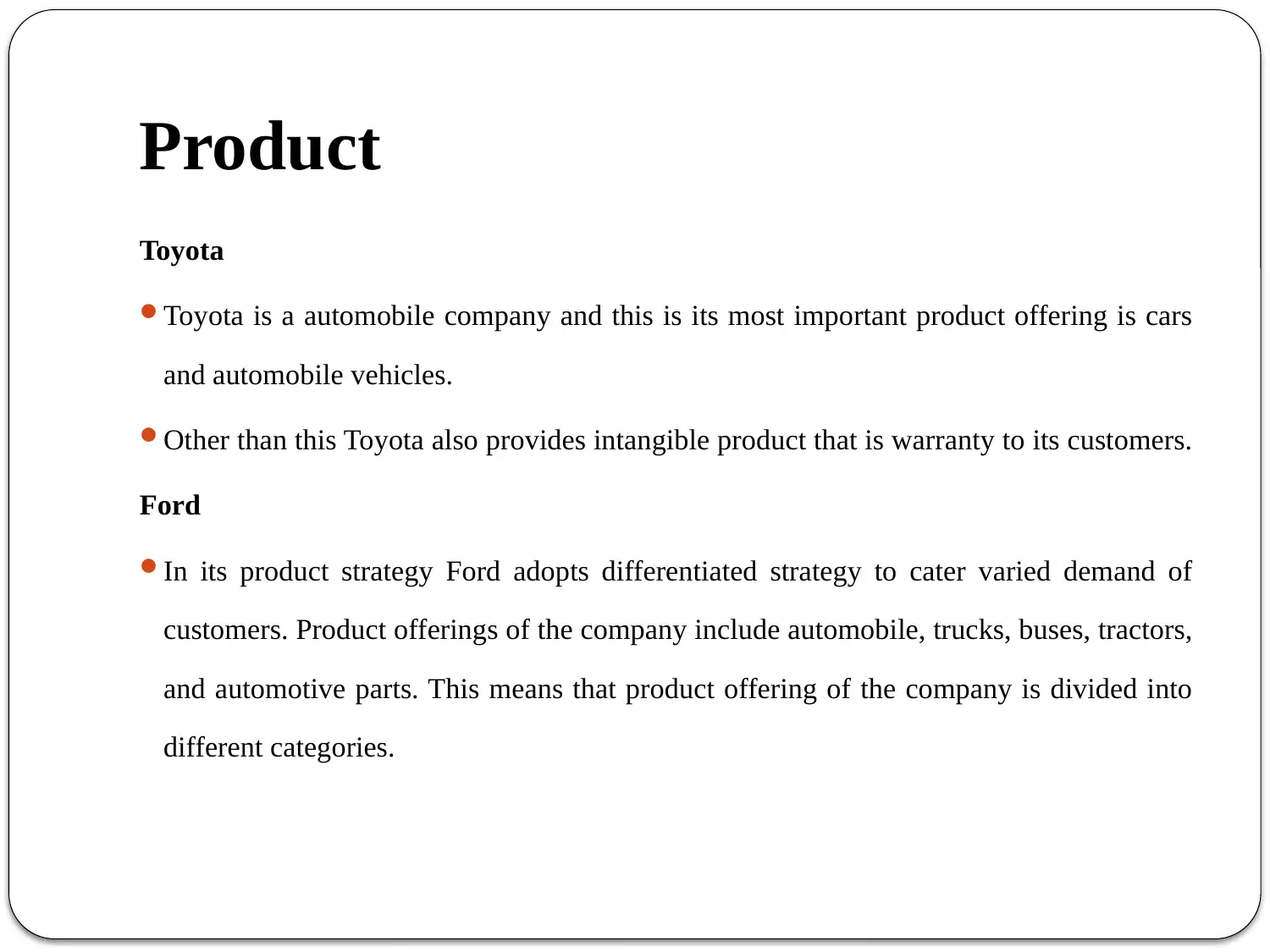
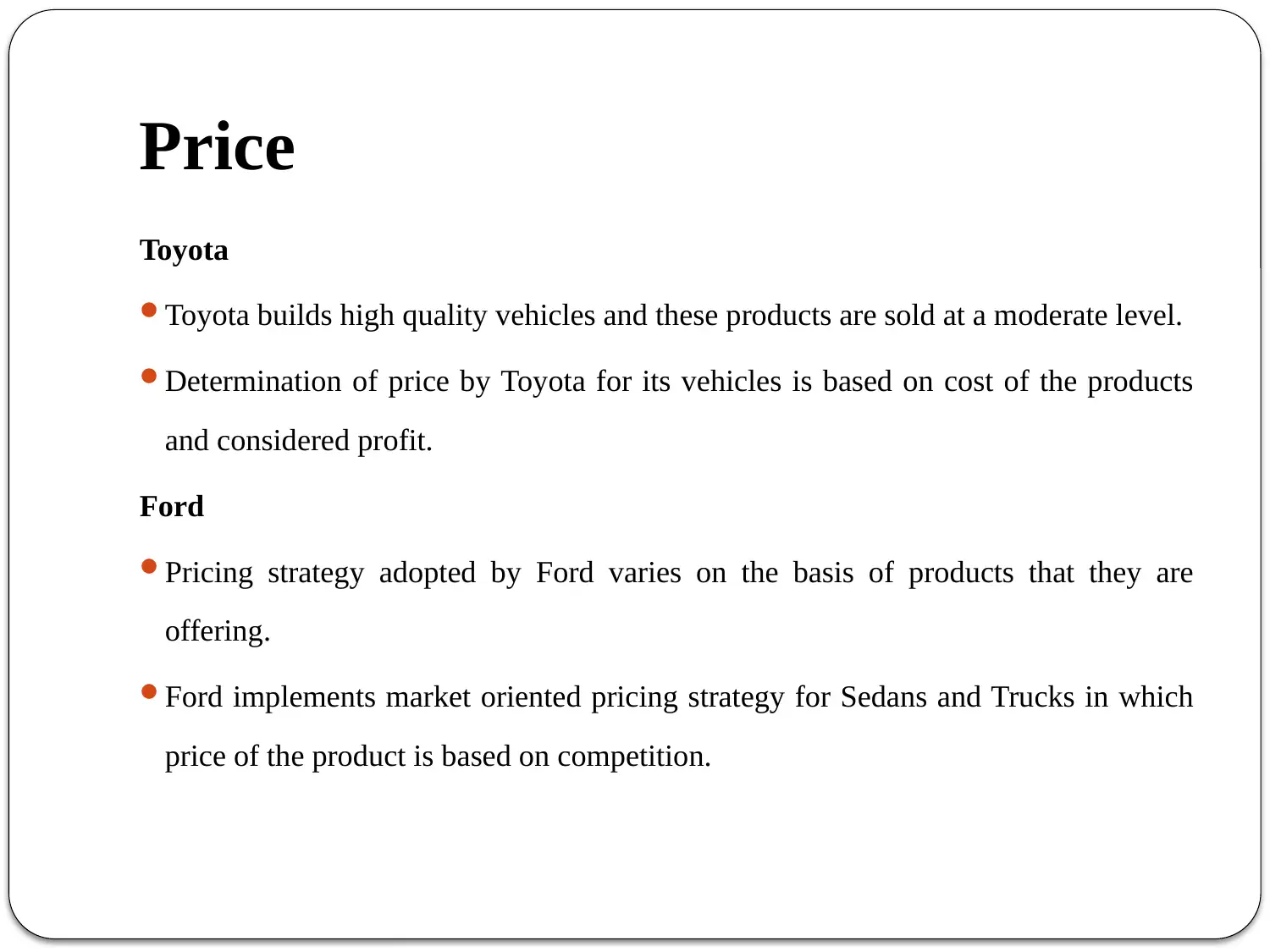
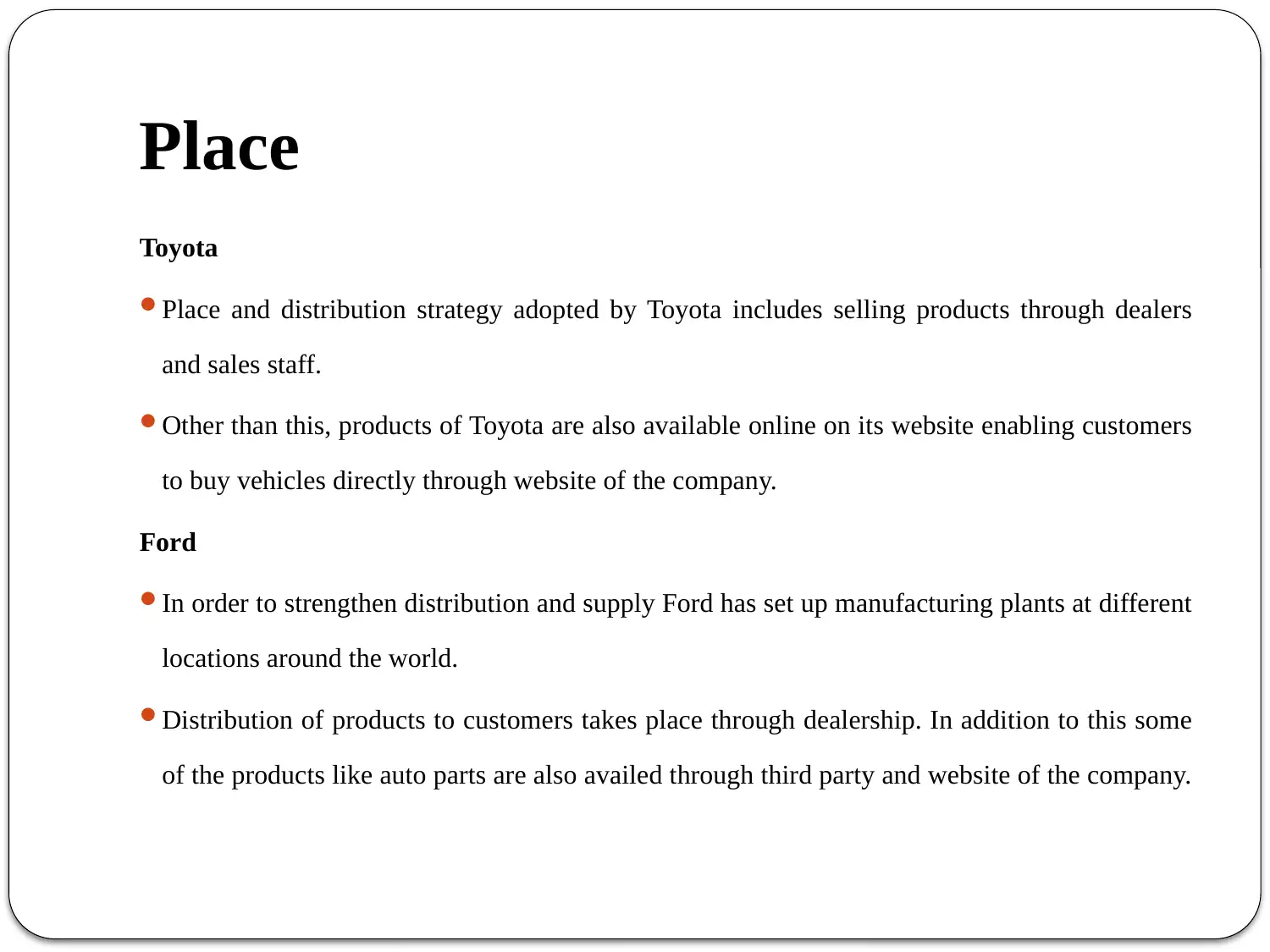
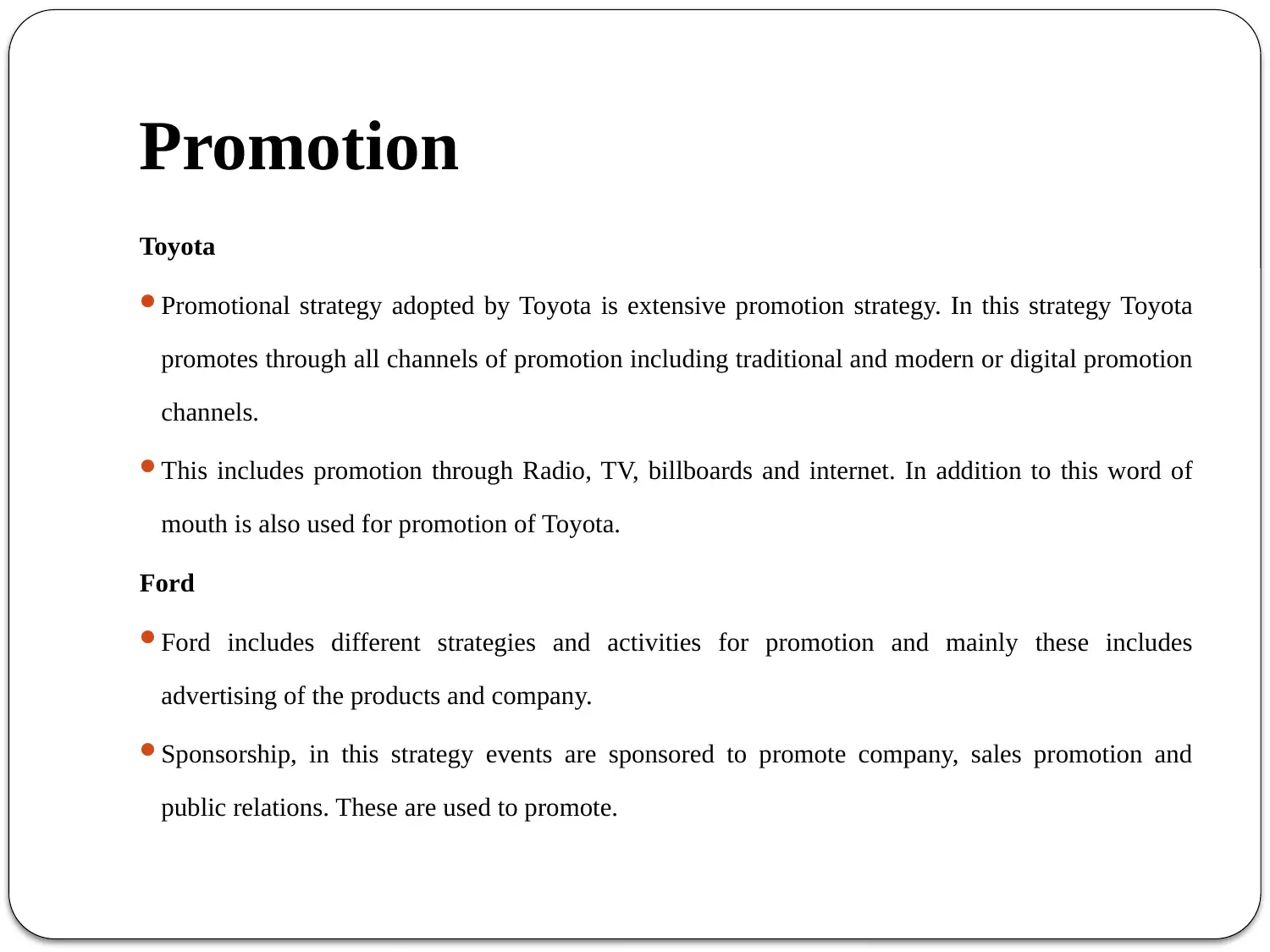
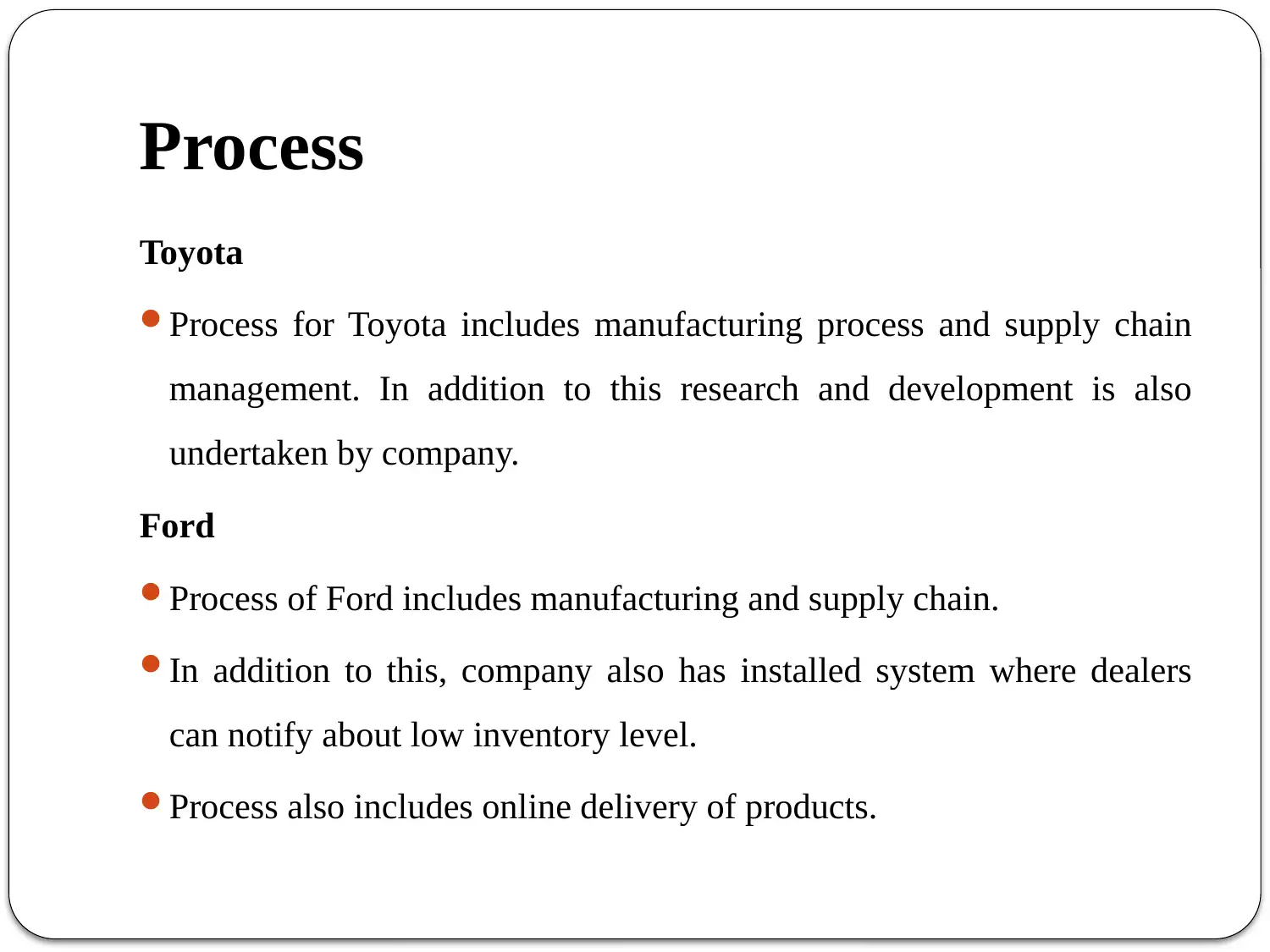
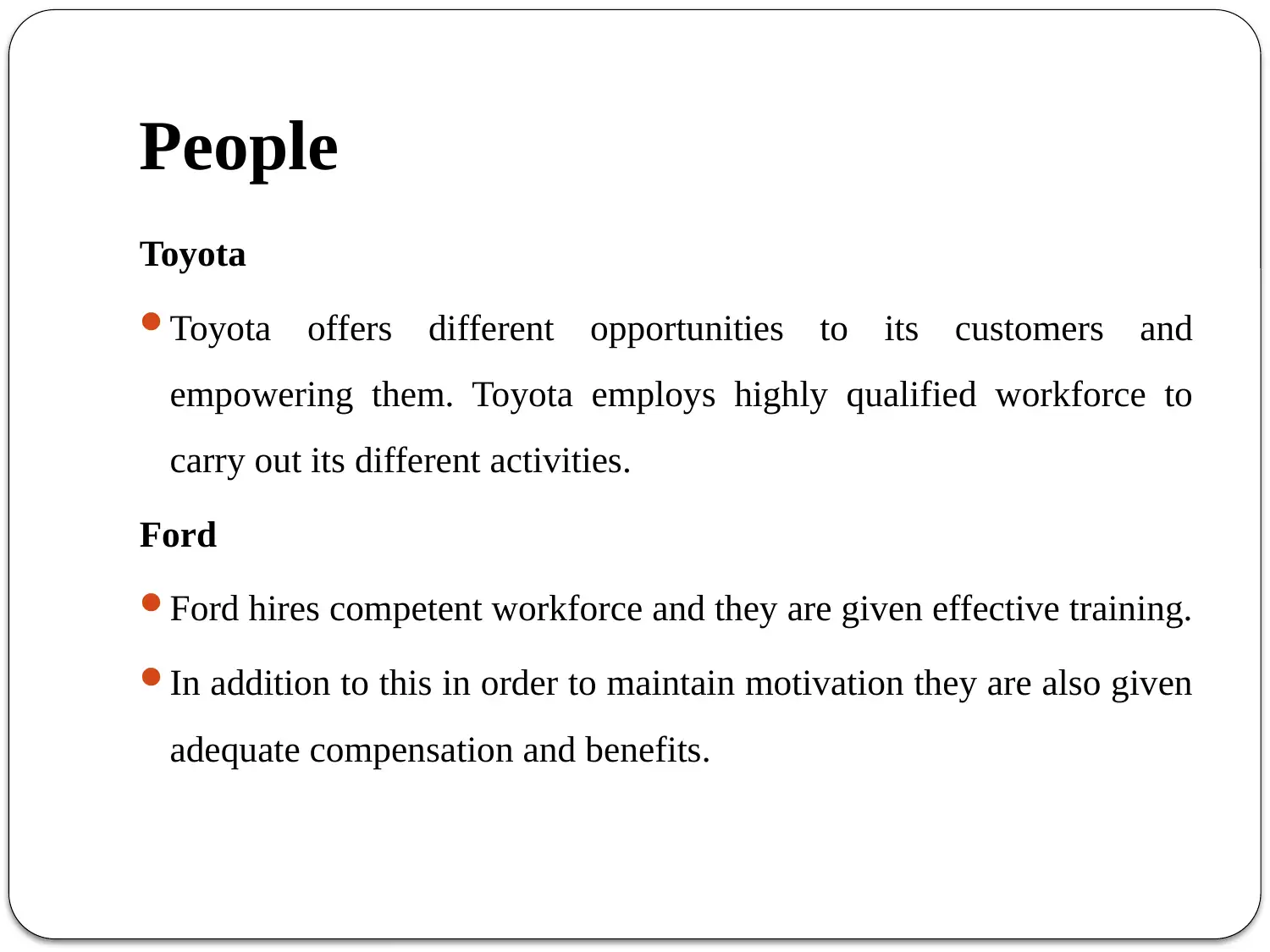

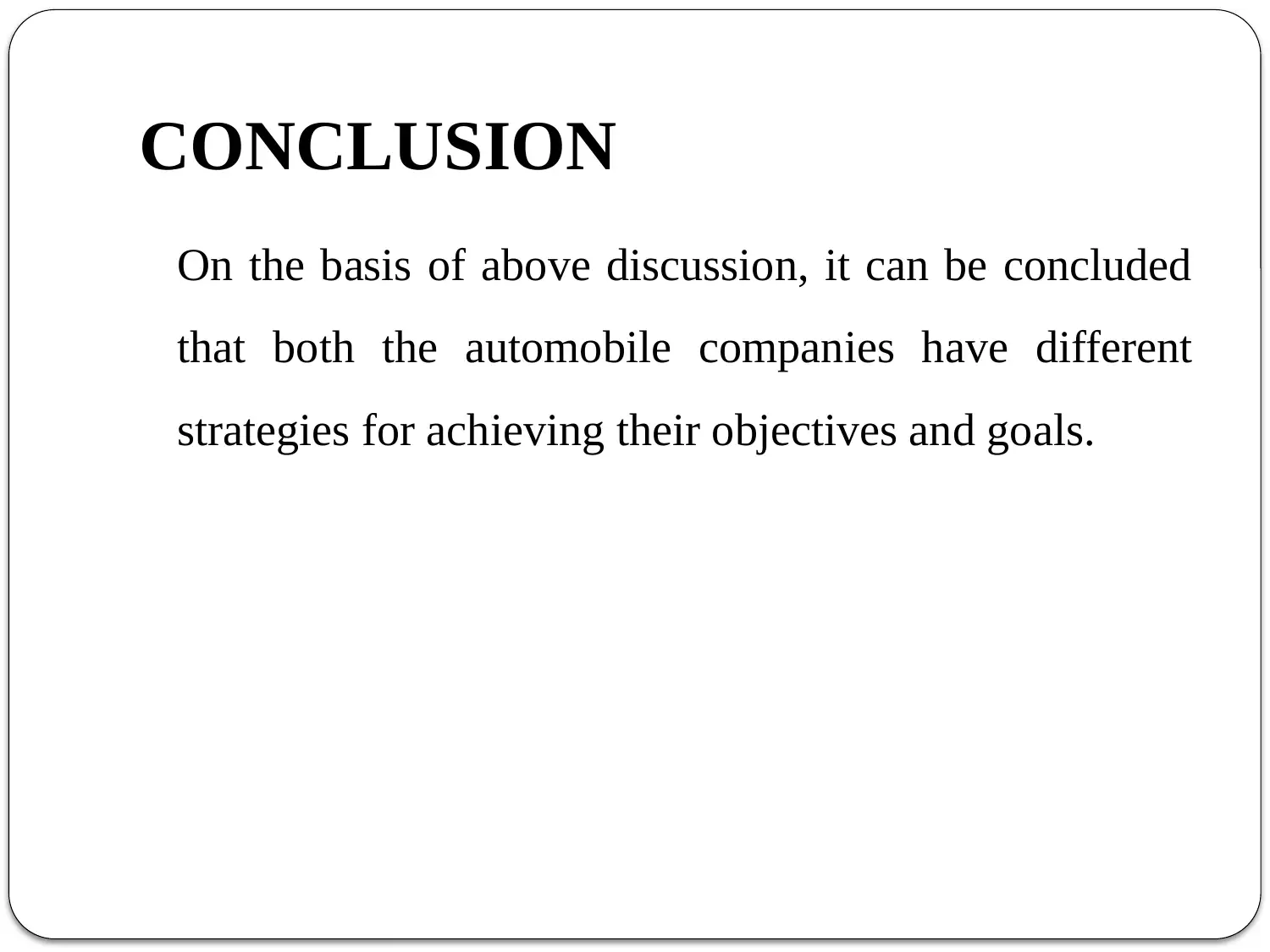
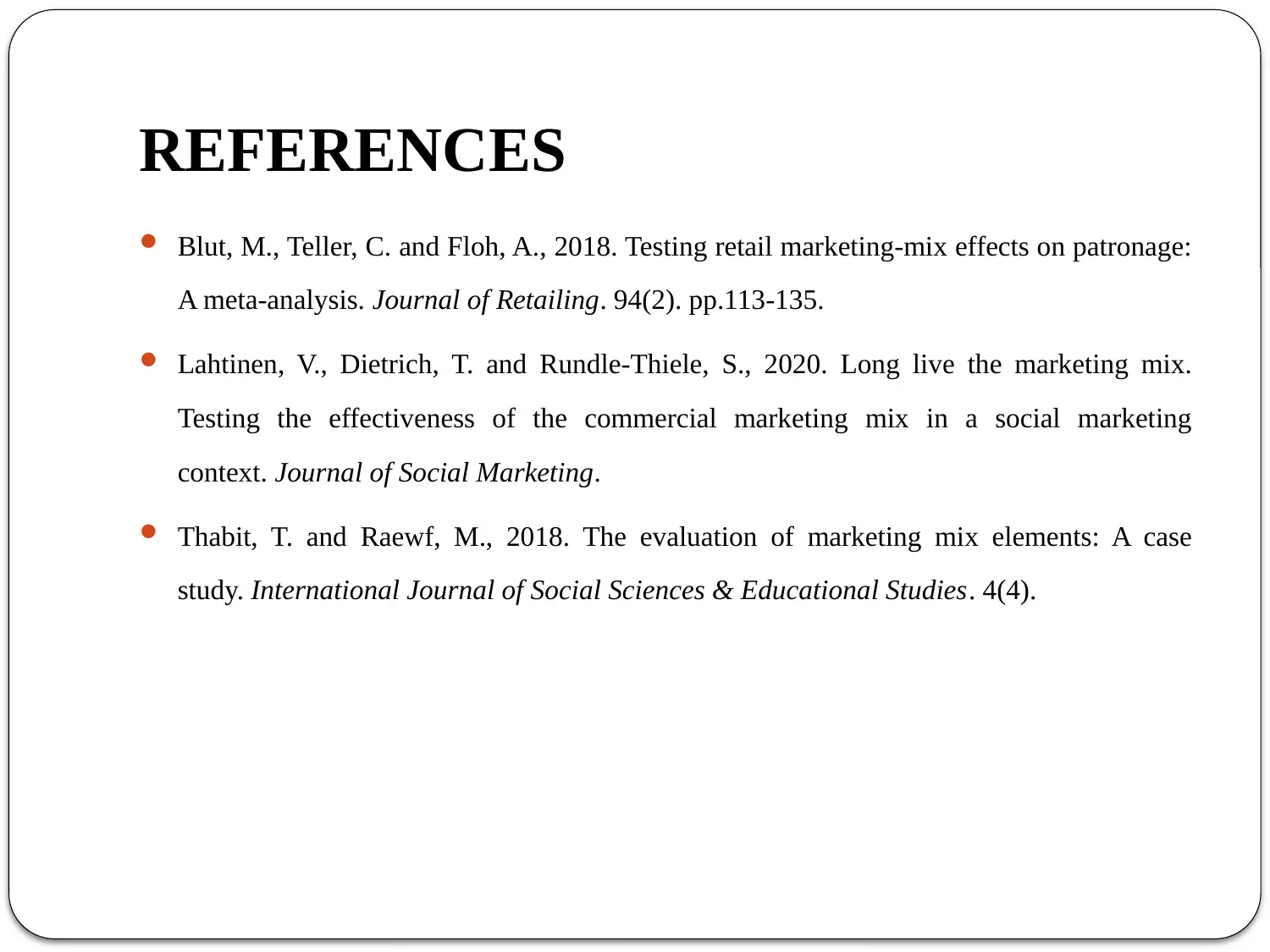






![[object Object]](/_next/static/media/star-bottom.7253800d.svg)